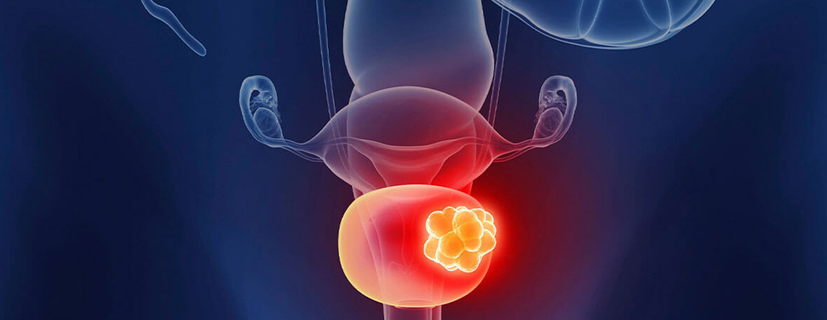Book Appoinment
Bladder Cancer


Bladder cancer is a type of cancer that begins in the cells of the bladder, the organ responsible for storing urine. It is the most common type of urinary tract cancer. Bladder cancer can occur at any age, but it is more common in older individuals and affects men more frequently than women.
Causes:
The exact cause of bladder cancer is not fully understood. However, certain risk factors have been identified:
- Tobacco use: Smoking is the most significant risk factor for bladder cancer. Smokers are more likely to develop the disease than nonsmokers.
- Chemical exposure: Prolonged exposure to certain chemicals, such as those used in the manufacturing of dyes, rubber, leather, and textiles, may increase the risk of bladder cancer.
- Occupational exposure: Some occupations, such as painters, hairdressers, machinists, and truck drivers, have an increased risk of bladder cancer due to exposure to chemicals and substances.
- Chronic bladder inflammation: Long-standing bladder inflammation or recurrent urinary tract infections may slightly increase the risk of bladder cancer.
- Age and gender: Bladder cancer becomes more common as people age, with the majority of cases diagnosed in individuals over the age of 55. Men are more likely to develop bladder cancer than women.
- Personal or family history: People who have had bladder cancer before or who have a family history of bladder cancer may have an increased risk.
Symptoms:
Signs and symptoms of bladder cancer may include:
- Blood in urine (hematuria): This is the most common symptom of bladder cancer. Blood in the urine can be visible (gross hematuria) or detected under a microscope (microscopic hematuria).
- Frequent urination: Increased frequency of urination without an increase in fluid intake.
- Painful urination: A burning sensation or pain during urination.
- Urgency: A sudden and compelling need to urinate.
- Lower back pain: Pain in the lower back or pelvic area.
Diagnosis and Treatment:
If bladder cancer is suspected based on symptoms or other findings, various tests and procedures can be performed to confirm the diagnosis and determine the stage of cancer. These may include:
- Urine tests: Analysis of urine samples to look for abnormal cells or blood.
- Cystoscopy: A thin tube with a camera is inserted through the urethra to examine the inside of the bladder.
- Imaging tests: X-rays, CT scans, MRIs, or ultrasounds can provide detailed images of the bladder and surrounding structures.
- Biopsy: Tissue samples are taken from the bladder for examination under a microscope to confirm the presence of cancer cells.
Treatment options for bladder cancer depend on factors such as the stage and grade of the cancer, overall health, and patient preferences. Treatment may include:
- Surgery: Surgical options may involve removing the tumor (transurethral resection) or removing part or all of the bladder (partial or radical cystectomy).
- Immunotherapy: Immunotherapy drugs, such as Bacillus Calmette-Guérin (BCG) or immune checkpoint inhibitors, can help boost the immune system's response to fight cancer cells in the bladder.
- Radiation therapy: High-energy radiation is used to target and kill cancer cells.
- Chemotherapy: Anti-cancer drugs can be administered intravenously or directly into the bladder to kill cancer cells or prevent their growth.
